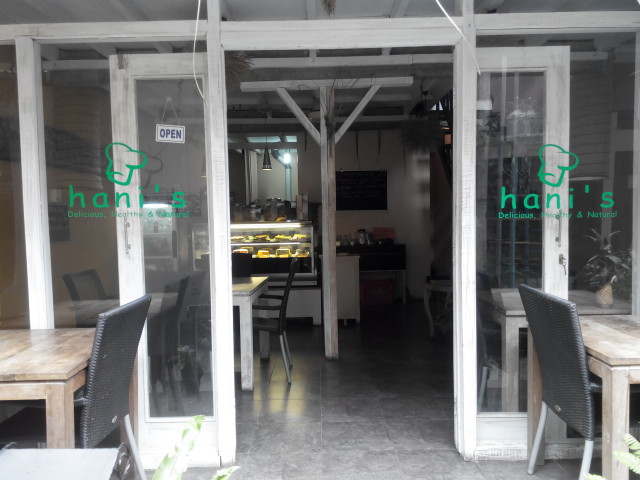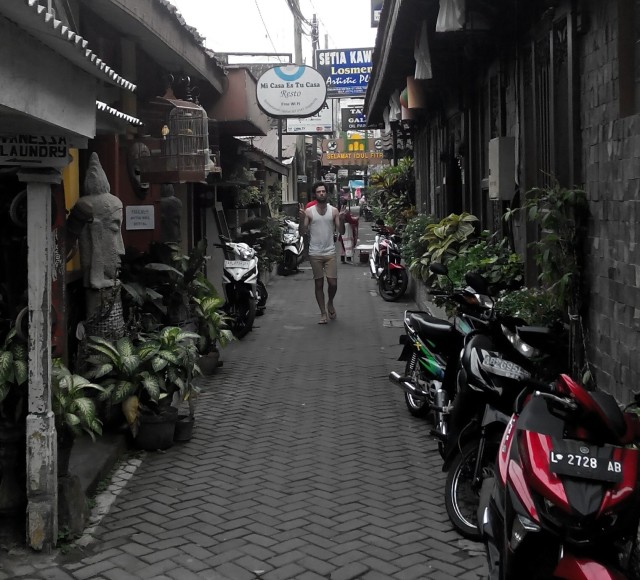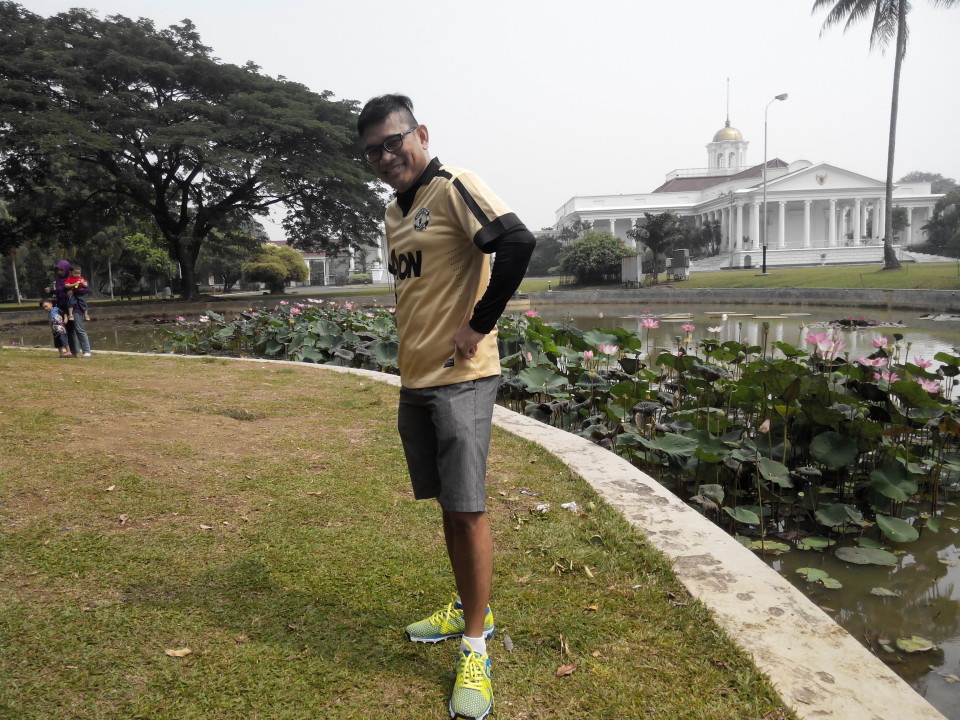Jogjakarta and its Community-based Tourism Implementation
Sustainability is a concept that is frequently used in relation with tourism development. While there does not exist a universal definition of sustainability, many scholars agree that sustainable development includes long term positive economic, social and environmental outcomes (Hunter, 1997; UNWTO, 2004; Goodwin, 2011).
Community-based tourism (hereafter referred to as CBT), is often recognized as a perfect example of sustainable tourism development. The reason for this is mainly that local community participation in the development and practice of these projects is supposed to be high, and that the whole community benefits from the projects (Brohman, 1996; Hatton, 1999).
Hunter (1997) describes sustainable tourism as ‘a set of principles, policy prescriptions, and management methods which chart a path for tourism development such that a destination areas’ environmental resource base (including natural, built, and cultural features) is protected for future development‘(p.850). The World Tourism Organization defines sustainable tourism as ‘tourism that takes full account of its current and future economic, social and environmental impacts, addressing the needs of visitors, the industry, the environment and host communities’ (UNWTO, 2012). Goodwin (2011) believes that sustainability, sustainable development and sustainable tourism are too abstract and therefore lack meaning and do not encourage action.
Brohman (1996) states that ‘community-based tourism development would seek to strengthen institutions designed to enhance local participation and to promote the economic, social, and cultural well-being of the popular majority’ (p.60). Hatton (1999) describes CBT as innovative tourism development in local communities, involving individuals, groups, small business owners and local organizations and governments.
Many organizations talk about having locals participate in their programmes, which makes their projects look good on paper. In reality however, there is not one form of participation, and therefore the term may sometimes be used inappropriately. Mowfort and Munt indicate that it is the uncritical manner in which participation is conceptualized and practiced that draws increasing attention (1998).
It is generally understood that tourism development affects local communities. While tourism activities can also be very beneficial at the national level through foreign earnings (Hall & Lew, 2009)
A good condition example of sustainable tourism can illustrate in an alley way of Sosrowijayan wetan II, Jogjakarta. We can see how the social culture acceptance of the local community to travelers.
Wisdom cultural and religious values are run, for example is the implementation of the rules for the absence of gathering or activities that create noise exceeding 11 pm.
The contribution of tourism is also visible from the side of the economy, in the alley there are various tourism business; food and beverages, tour and travel, lodging, until rickshaw transportation services. Community realizes that tourism has a direct impact to their economy, then intermingling without losing their identity do well.




The warmth Community acceptance is drawn by local residents to tourists who come to their areas, which are more proud of is, this acceptance not only for foreign tourists but also to local tourists.



